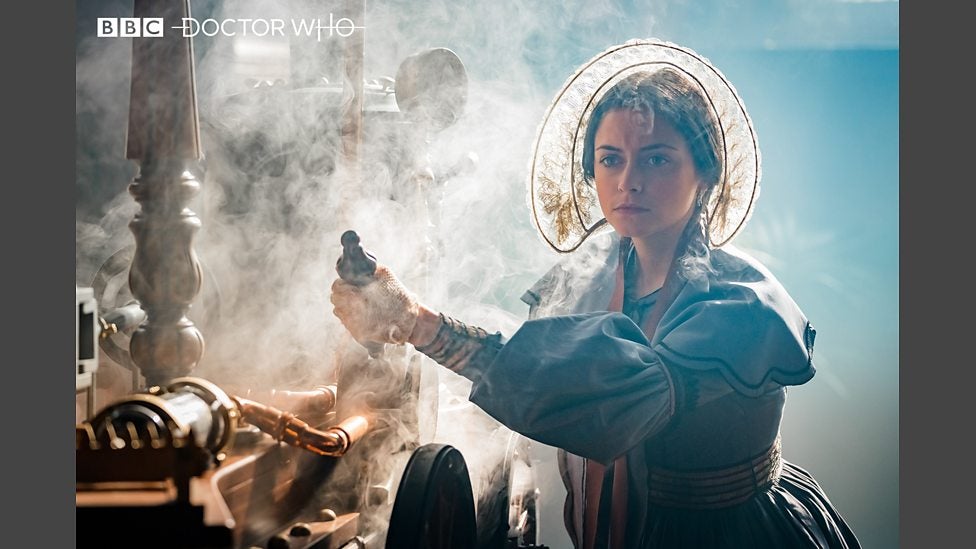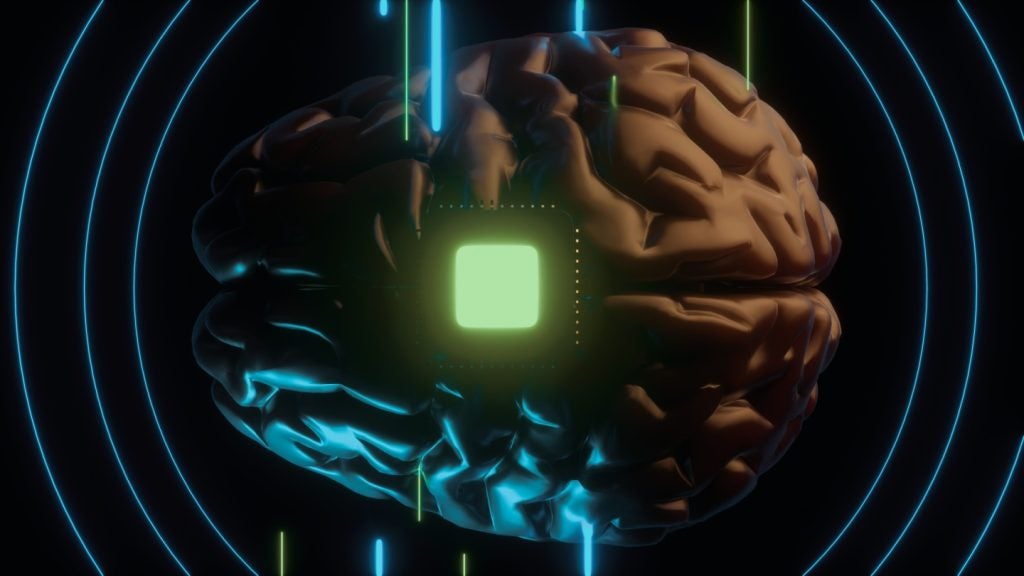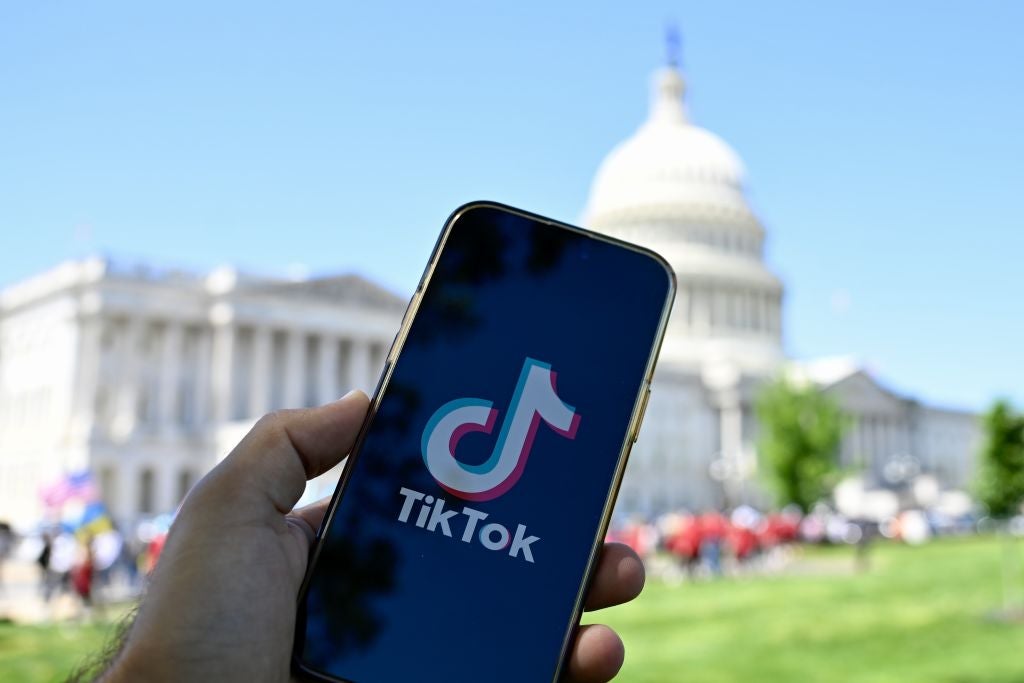
Doctor Who series 12 made a triumphant return to our screens with the critically-acclaimed two-part premiere Spyfall, which saw the Doctor battle a mysterious alien race and reunite with a long-term frenemy.
In one plotline from yesterday’s episode, Jodie Whittaker’s Doctor is trapped in a mysterious limbo where she encounters a young woman named Ada. When they escape to an 1834 science fair, she introduces herself as Ada Gordon, who the Doctor realises will become more familiar as Ada Lovelace when she marries William King, later Earl of Lovelace, in 1835. One of the exhibitors is Charles Babbage, showcasing his Analytical Engine, the first operational mechanical computer.
Historically, Babbage and Lovelace met at a party held by Lovelace’s tutor Mary Somerville in 1833 when Lovelace was 17 and Babbage 41. Unusually well-educated in mathematics as a child to stop her taking the wayward path of her poet father George Gordon, Lord Byron, she became fascinated with Babbage’s proposed first computer, the Difference Engine, although this first prototype proved unwieldy and remained unfinished.
There is no evidence that Babbage and Lovelace ever exhibited together – in fact, the Royal Society did not elect a woman to full fellowship until Kathleen Lonsdale and Marjory Stephenson in 1945. However, they did correspond regularly throughout their careers, with Babbage at one point calling Lovelace the “Enchantress of Number”.
Ada Lovelace, the first computer programmer
Lovelace’s exposure to Babbage’s inventions and the potential she saw in them formed the cornerstone of computer science as we know it today, and she is hailed as the first computer programmer. In 1842 to 1843 she translated a paper by Italian mathematician Luigi Menabrea that described the Difference Engine and set out the design for the then proposed Analytical Engine, which she appended with notes that ended up three times as long as the original papers.
It was published under Lovelace’s initials in Taylor’s Scientific Memoirs in 1843, with a significant proportion formed of appendices. The most famous appendix is known as Note G and sets out an algorithm explaining how the Analytical Engine could calculate Bernoulli numbers, a recursive sequence that is particularly suited to mechanical calculation.
How well do you really know your competitors?
Access the most comprehensive Company Profiles on the market, powered by GlobalData. Save hours of research. Gain competitive edge.

Thank you!
Your download email will arrive shortly
Not ready to buy yet? Download a free sample
We are confident about the unique quality of our Company Profiles. However, we want you to make the most beneficial decision for your business, so we offer a free sample that you can download by submitting the below form
By GlobalDataBabbage described this as the computer “eating its own tail”, or modifying its calculation while running. As the algorithm is specifically designed to be implemented on a computer, it is celebrated as the world’s first published computer program.
Lovelace even predicted computers’ potential for creativity, specifically musical composition. As anyone who watched this year’s RI Christmas Lectures will have seen, AI programmes can now compose music in the style of specific composers well enough to fool the general public.
Ada Lovelace died in 1842, aged just 36, but her legacy lives on through Ada Lovelace Day, an international celebration of women in science, technology, engineering and mathematics (STEM) founded in 2009 and held on the second Tuesday of October. It aims to raise the profile of women in STEM and offer role models to encourage girls to consider STEM careers and to support women working in the sector.
Read more: STEM Day: How closing the skills gap benefits us all





